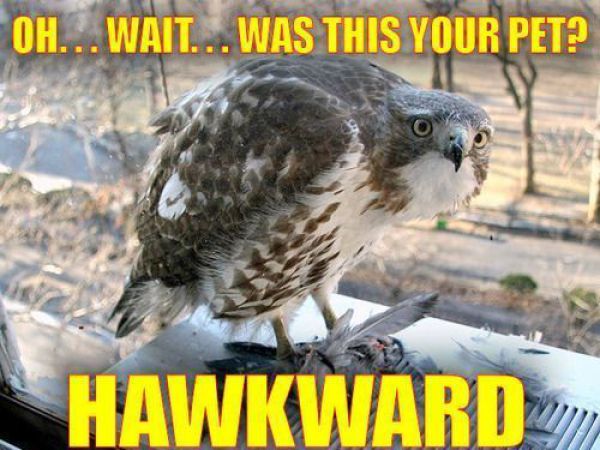Minding Our Own Business When All Of A Sudden....
Wait... What is that pile of feathers doing by the putting green??? It was a visitor who assist us golfers in keeping the rabbit population in check.... You know, rabbits who eat the greens, leave little surprises all over the greens and fairways.
We offered him a glass of champagne to go with his meal but alas, he was a simple sort.... Rabbit and water were just his ticket....
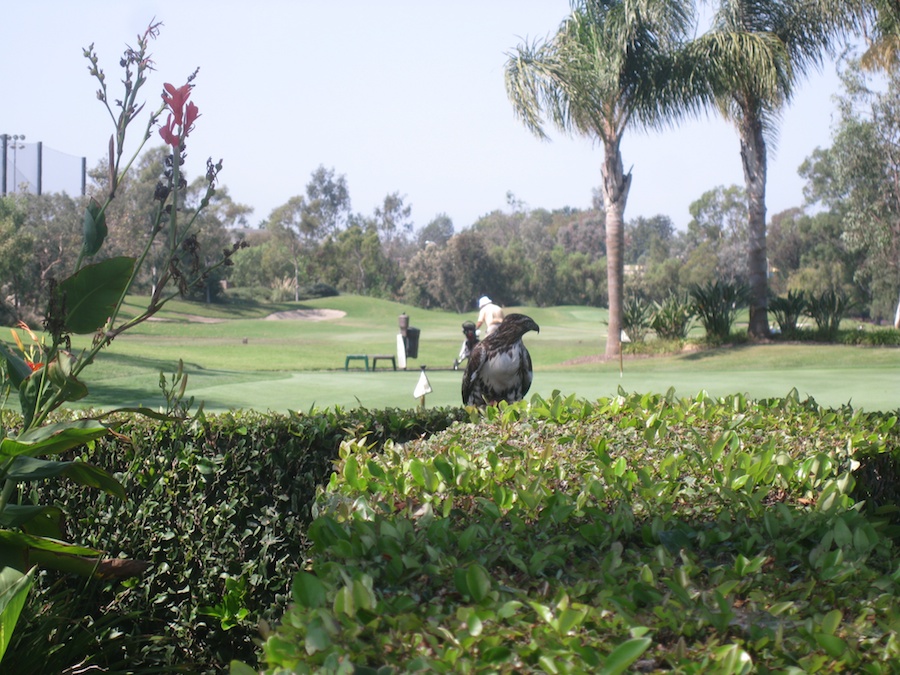
As we started to putt, a dark shadowy creature was watching
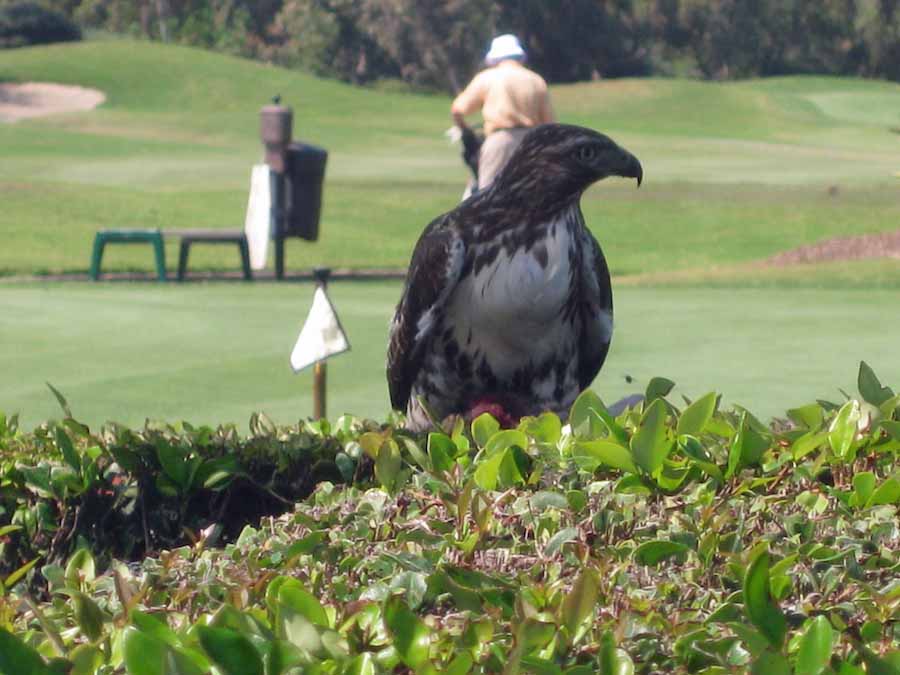
We walked right up to him and he refused to budge.... He had something he was NOT going to share
Did You Know? -The Red-tailed Hawk occupies a wide range of habitats and altitudes, including deserts, grasslands, coniferous and deciduous forests, tropical rainforests, agricultural fields and urban areas. It lives throughout the North American continent, except in areas of unbroken forest or the high arctic. It is legally protected in Canada, Mexico and the United States by the Migratory Bird Treaty Act.

We were geared he was planning additional lunch as he eyed the putters

The eye was studying us carefully.... We are a few feet away
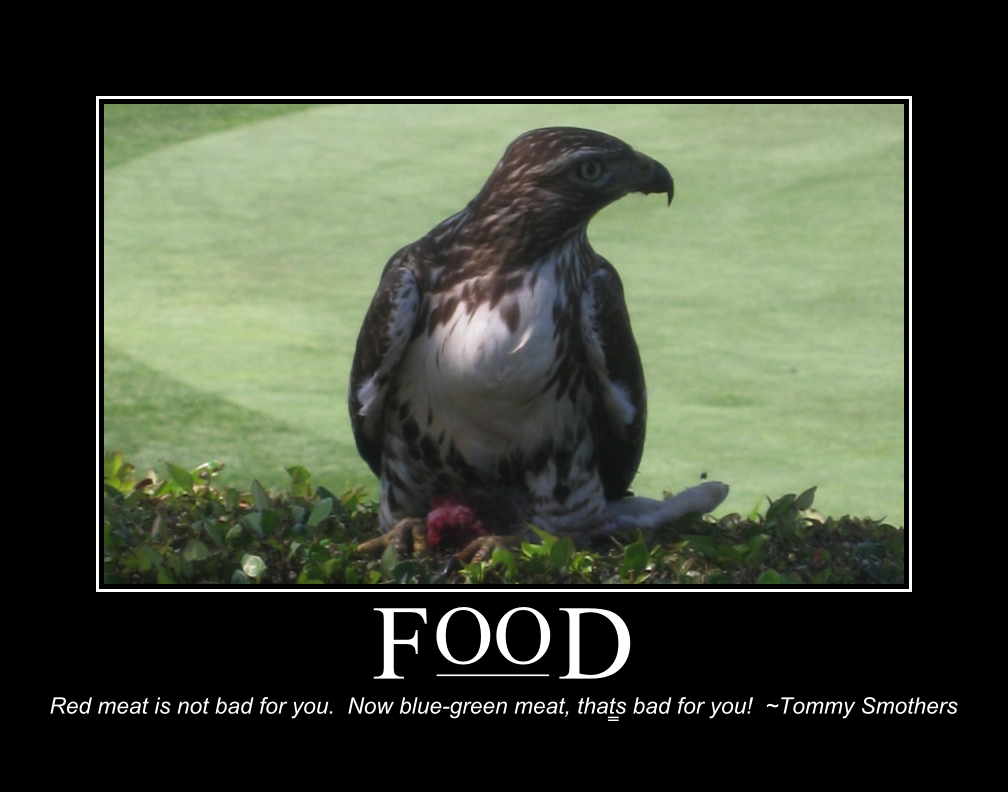

Ah ha.... Mr. Hawk is having the Old Ranch Lunch Special... Rabbit
Did You Know? - Because they are so common and easily trained as capable hunters, the majority of hawks captured for falconry in the United States are Red-tails. Falconers are permitted to take only passage hawks (which have left the nest, are on their own, but are less than a year old) so as to not affect the breeding population.
Adults, which may be breeding or rearing chicks, may not be taken for falconry purposes and it is illegal to do so. Passage red-tailed hawks are also preferred by falconers because these younger birds have not yet developed adult behaviors, which can make training substantially more challenging.

Yep! He is awaiting a knife and a fork!

Seriously out of hoppy here
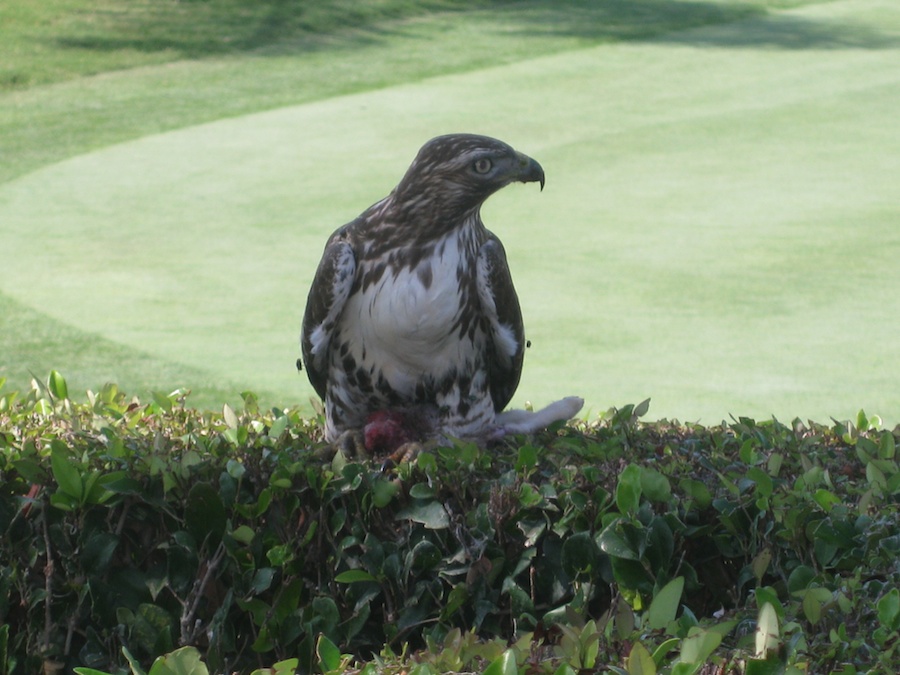
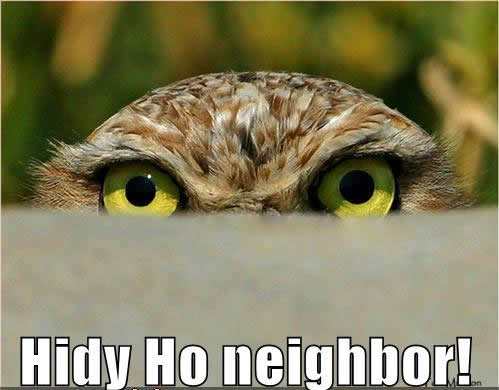
What are you looking at??? It's just lunch
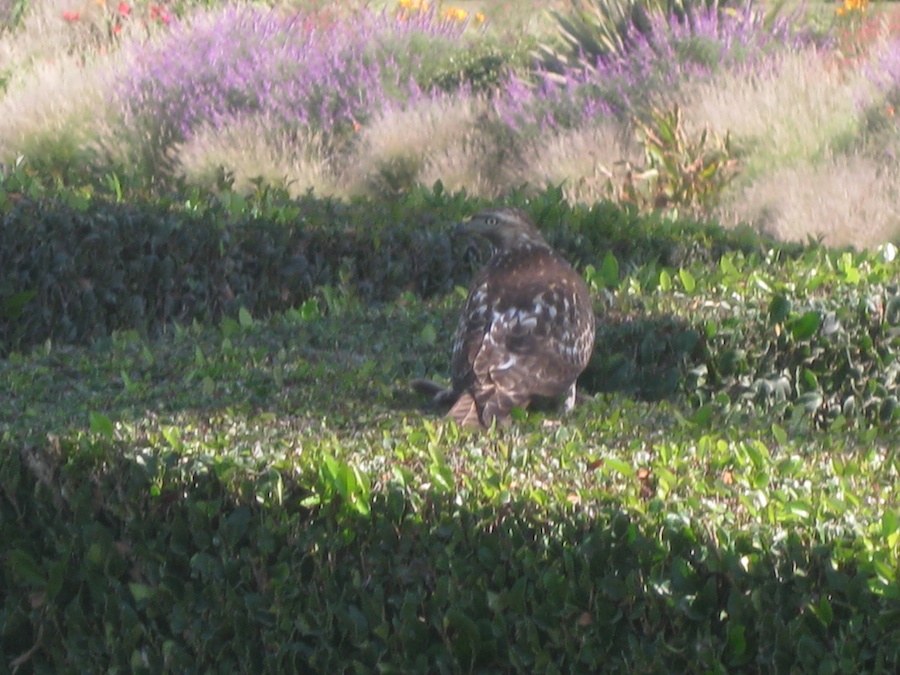
He was well hidden right out in the open.... Several people walked within ten feet of him and didn't see him
Did You Know? - The Red-tailed Hawk is one of the most widely distributed hawks in the Americas. It breeds from central Alaska, the Yukon, and the Northwest Territories east to southern Quebec and the Maritime Provinces of Canada, and south to Florida, the West Indies, and Central America. The winter range stretches from southern Canada south throughout the remainder of the breeding range.
Its preferred habitat is mixed forest and field, with high bluffs or trees that may be used as perch sites. It occupies a wide range of habitats and altitudes, including deserts, grasslands, coastal regions, mountains, foothills of mountains coniferous and deciduous woodlands, tropical rainforests, agricultural fields and urban areas.[
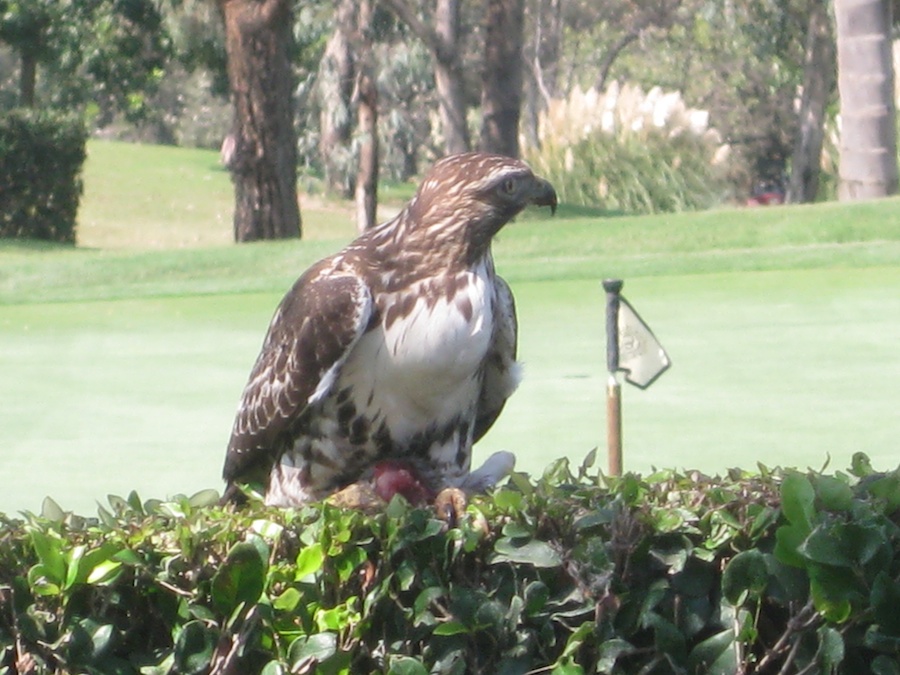
A beautiful specimen
Did You Know? - In flight, this hawk soars with wings often in a slight dihedral, flapping as little as possible to conserve energy. Active flight is slow and deliberate, with deep wing beats.
In wind, it occasionally hovers on beating wings and remains stationary above the ground. When soaring or flapping its wings, it typically travels from 20 to 40 mph (64 km/h), but when diving may exceed 120 mph (190 km/h).
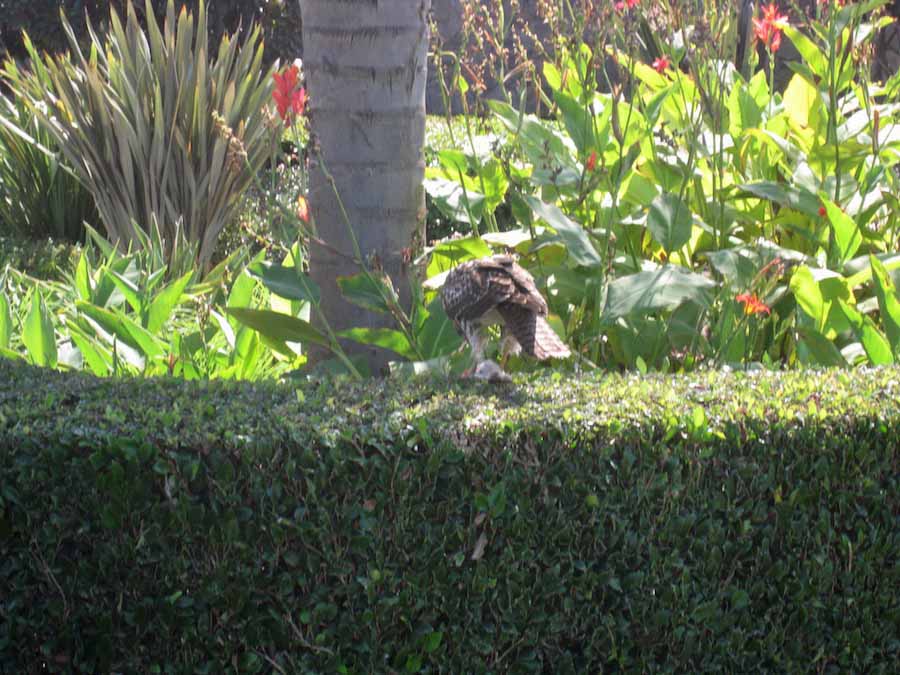
Hidden in plain sight
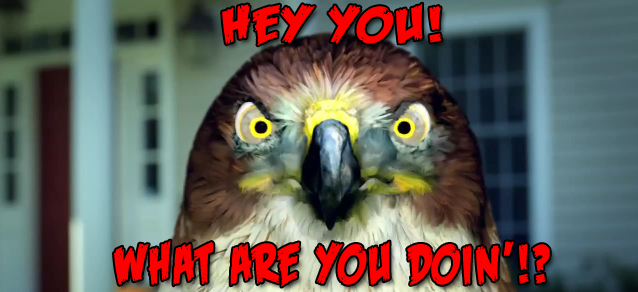
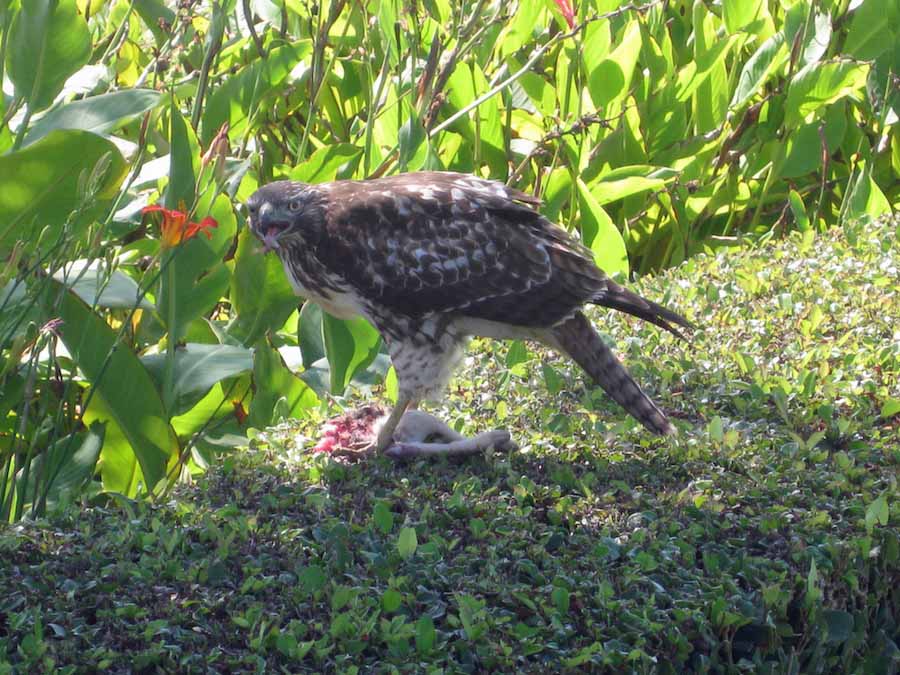
"Go away... Can't you see I am dining??"
